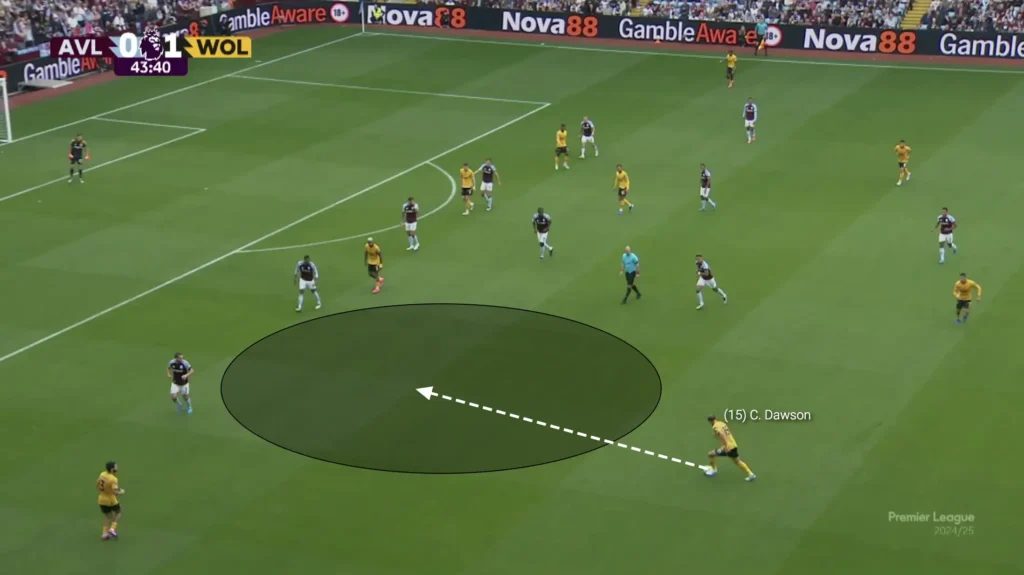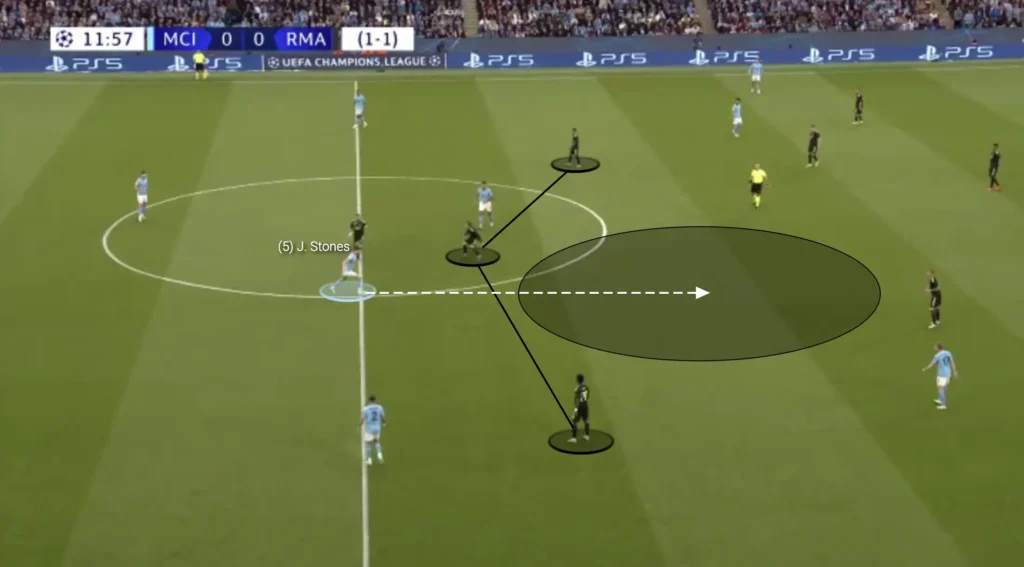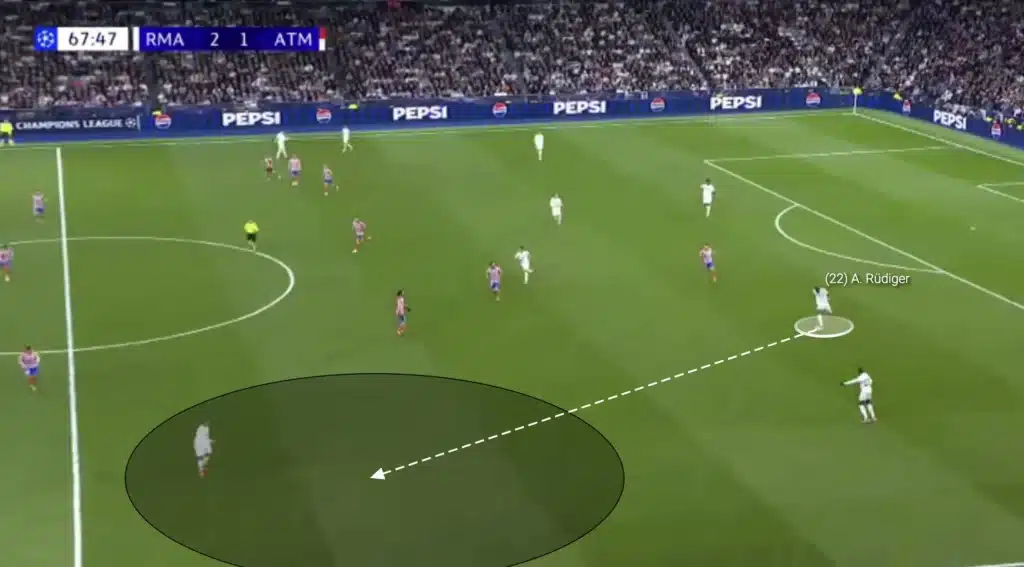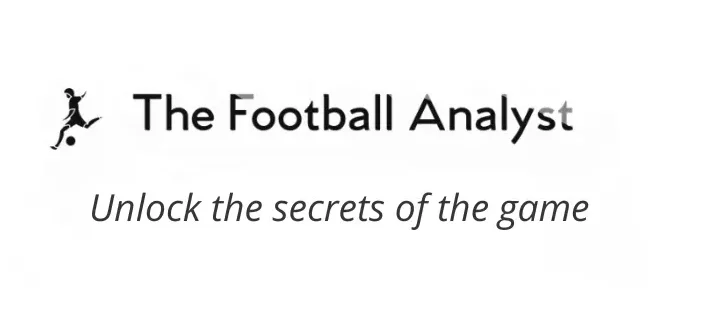In today’s tactical era of football, the center-back position has undergone a significant transformation. Gone are the days when defenders were judged solely on their ability to clear the ball or win aerial duels. The modern game demands much more: composure under pressure, precise distribution, and perhaps most crucially, the ability to carry the ball forward to break lines and destabilize opposition structures. The rise of the ball-carrying center-back represents one of the most important evolutions in football’s positional play. These players aren’t just defenders—they’re play initiators, spatial manipulators, and vital components in progressing the ball from defense to attack.
What Is a Ball-Carrying Center-Back?
A ball-carrying center-back is a defender who actively drives forward with the ball at their feet—not just to maintain possession, but to break the lines of the opposition and influence the tempo and structure of the attack.

This role involves:
- Carrying the ball beyond the first line of the opponent’s press
- Attracting pressure to free teammates
- Creating numerical advantages in midfield
- Transitioning smoothly between defensive and attacking phases
Importantly, this is not about unnecessary dribbling. It’s about purposeful movement and reading the game to exploit spaces when the moment is right.
Why Ball-Carrying Matters in Modern Tactics
1. Beating the Press Through Carries
In elite football, pressing systems have become increasingly aggressive and sophisticated. Many top teams now initiate their press with a front two or three, aiming to force turnovers in the build-up. A ball-carrying center-back can step past that first line of pressure, immediately shifting the dynamic of the game.
When a defender breaks the press by carrying into midfield, the pressing team must react quickly, often pulling a midfielder out of shape. This opens up passing lanes to advanced players and creates space in central zones.
2. Creating Midfield Overloads
A key tactical principle in positional play is the creation of overloads—situations where one team has more players in a specific area than the opponent. When a center-back carries into midfield, they temporarily turn a 2v2 into a 3v2 or a 3v3 into a 4v3.
This increases the likelihood of retaining possession, gives midfielders more time on the ball, and forces defensive shifts that create opportunities elsewhere on the pitch.
3. Triggering Pressing Traps or Disorganizing Blocks
Opponents often set pressing traps to win the ball high up the pitch. A composed ball-carrying center-back can bait these traps and bypass them, dragging pressing players out of position and disrupting compact defensive blocks.
Their movement forces the opposition to make decisions: press aggressively and leave gaps behind, or hold shape and allow the defender to progress unopposed.
4. Accelerating the Transition from Defense to Attack
Ball progression through passing can be slowed by opposition pressing schemes or passive blocks. In contrast, a center-back who can drive 15-20 yards with the ball immediately increases tempo, shortens the distance to goal, and turns a slow build-up into a dynamic attack.
What Makes a Good Ball-Carrying Center-Back?
Several key attributes separate elite ball-carrying defenders from the rest:
- Close control and touch under pressure
- Scanning and spatial awareness to recognize when space opens up
- Balance and body orientation to fend off challenges
- Tactical intelligence to read pressing cues and time their carries
- Confidence and decision-making to avoid unnecessary risks
Examples of Top-Level Ball-Carrying Center-Backs
John Stones (Manchester City)
Stones epitomizes the hybrid role under Pep Guardiola. Comfortable stepping into midfield as an auxiliary pivot, he contributes to overloads, short combinations, and positional rotations. His carries are subtle but devastating in breaking compact structures.

Antonio Rüdiger (Real Madrid)
More aggressive in style, Rüdiger often carries the ball deep into enemy territory. His physicality and directness force defensive lines to retreat, creating space for midfielders and wingers.

Tactical Risk vs. Reward
While ball-carrying has many benefits, it also carries inherent risk. A failed carry—especially without proper cover behind—can lead to dangerous transitions for the opposition. That’s why teams often position a holding midfielder to cover for advancing center-backs, fullbacks tuck in to provide rest-defence, and the decision to carry is based on structure, timing, and support.
Elite teams structure their shape to mitigate the risk, often using a 3-2 rest-defence system behind the ball.
Coaching Ball-Carrying in Defenders
Developing this trait requires more than just drills with the ball. Coaches must replicate game-like pressures in training and teach defenders:
- How to recognize space and timing for carries
- When to commit and when to recycle the ball
- How to combine carries with progressive passing
- Communication with midfielders during movements
Some training examples include:
- Small-sided games with numerical inferiority to promote breaking pressure
- Wave games with triggers to progress through carries
- Transition games with rest-defence positioning built in
Why They Matter in the Bigger Picture
The emergence of the ball-carrying center-back is a direct response to how the modern game is played. Teams defend deeper and more compact, pressing has become more organized and layered, and build-up play requires creativity and unpredictability.
In this context, defenders who can break lines with the ball become high-value assets. They turn static possession into progressive momentum, destabilize structured blocks, and influence the game far beyond traditional defending.
Conclusion
Ball-carrying center-backs are not just a tactical luxury—they’re a competitive necessity in top-level football. Whether it’s beating the press, creating midfield overloads, or driving the team forward, these defenders shape the flow of the game in subtle but decisive ways.
As football continues to evolve, the importance of this role will only grow. Expect more coaches to develop such profiles, more scouts to search for them, and more teams to build their structure around defenders who aren’t afraid to carry the ball with purpose.
